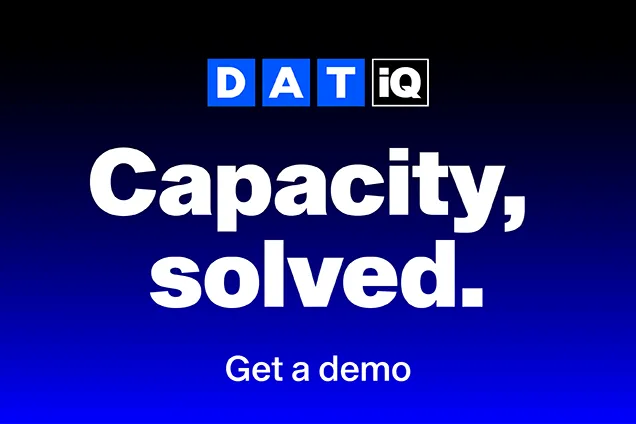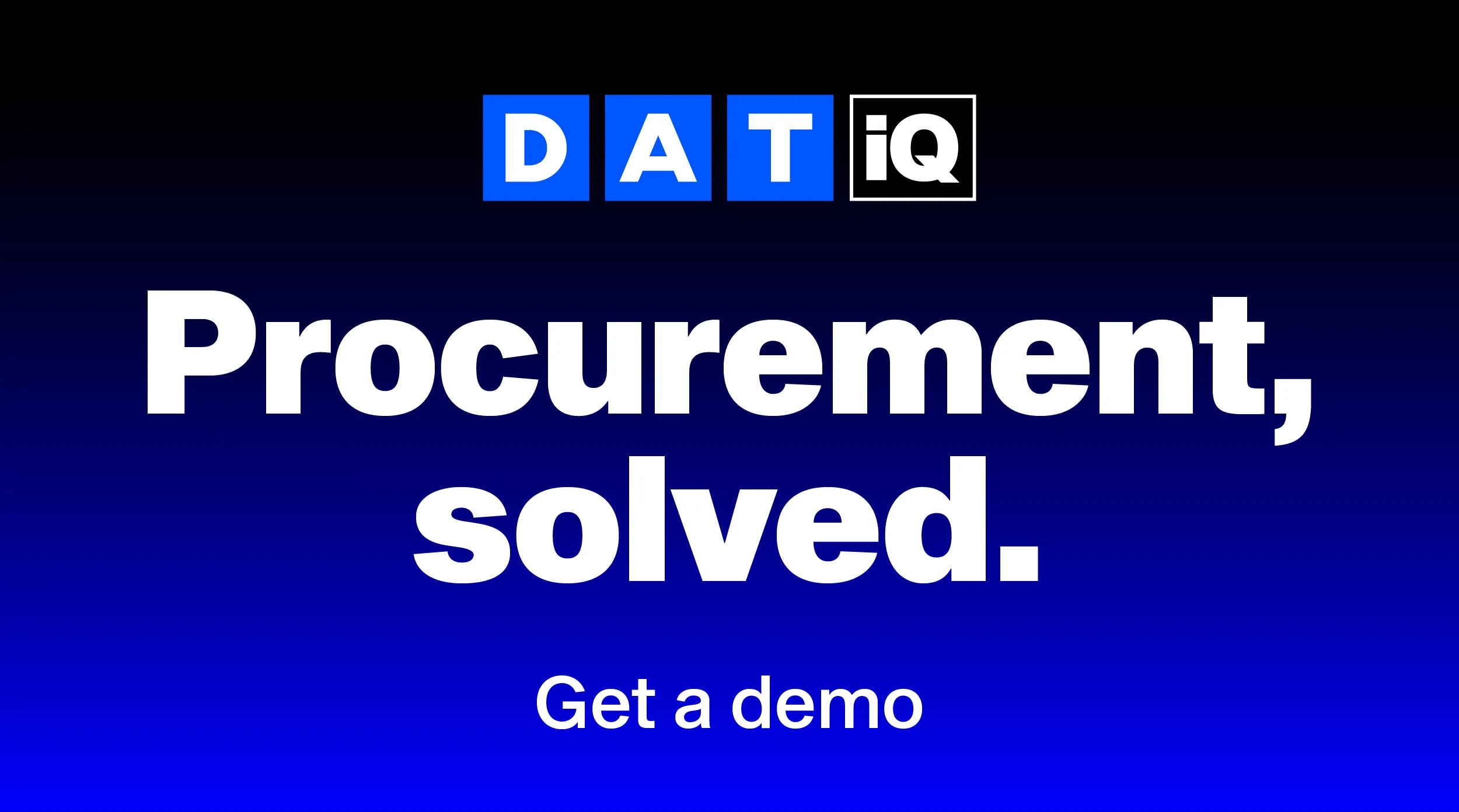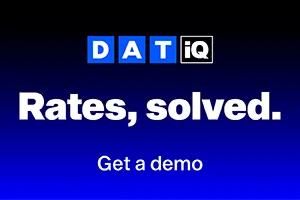DAT Shipper Segment Lead
Navigating Volatility: Advanced Analytics in Transportation
In today's landscape of shifting business priorities and global market trends, transportation and logistics have become pivotal battlegrounds. Access to advanced analytics often decides who wins those competitions.
For decades, transportation teams relied on annual RFPs, awarding freight contracts and hoping the agreed-upon rates could survive the peaks and valleys of the coming year. This leaves those teams playing a more reactionary role when managing the routing guide. But by investing in advanced analytics, those same teams can anticipate changes and take a proactive approach to volatility.
Today, collecting data alone isn’t enough, especially given the sheer volume of data generated by every transaction. The real value is in turning those data points into actionable insights. Where once decisions were based on historical reporting, today's leading voices in logistics pivot toward predictive analytics.
Anticipate Market Changes with Precision
Incorporating the right tools—like rate and network analytics solutions from DAT iQ—opens a portal to a future where shippers can preemptively ward off spikes in transportation costs. The DAT iQ platform synthesizes the largest freight rates database in the industry, funneling it into actionable metrics that illuminate the road ahead. Shippers equipped with these insights can ride pricing waves in ways that were impossible just a few short years ago.
While today’s transportation market is a buyer’s one, it won’t stay that way. Economic cycles and seasonality mean that logistics professionals will need to have their houses in order when the market inevitably flips. Those that invest in the foresight and agility gleaned from advanced analytics will enjoy consistent service from their carriers at rates that offer both flexibility and predictability.
Ride the Wave of Data-Driven Decision-Making
Traditionally, shippers have grouped low-volume lanes in their annual RFPs with nearby lanes of higher volume. But the volatility on those low-volume lanes often has outsized impacts on transportation budgets. By implementing analytics that offer a real-time view of pricing, shippers can control costs in a number of ways.
For one, shippers could use mini-bid strategies that previously would’ve seemed too time consuming. But with this level of market intelligence, the normal amount of legwork going into these bids is cut to a fraction. Shippers can also use these insights to pinpoint optimal windows to secure capacity on the spot market, using spot strategically rather than as a last resort.
The availability of these options alone is a result of not reacting to market shifts but predicting and capitalizing on them.
About DAT Freight & Analytics
DAT Freight & Analytics operates the largest truckload freight marketplace in North America. Shippers, transportation brokers, carriers, news organizations and industry analysts rely on DAT for trends and data insights based on more than 400 million freight matches and a database of $150 billion in annual market transactions.Founded in 1978, DAT is a business unit of Roper Technologies (Nasdaq: ROP), a constituent of the Nasdaq 100, S&P 500, and Fortune 1000.
The above article is sponsor-generated content. To learn more about sponsor-generated content, click here.






